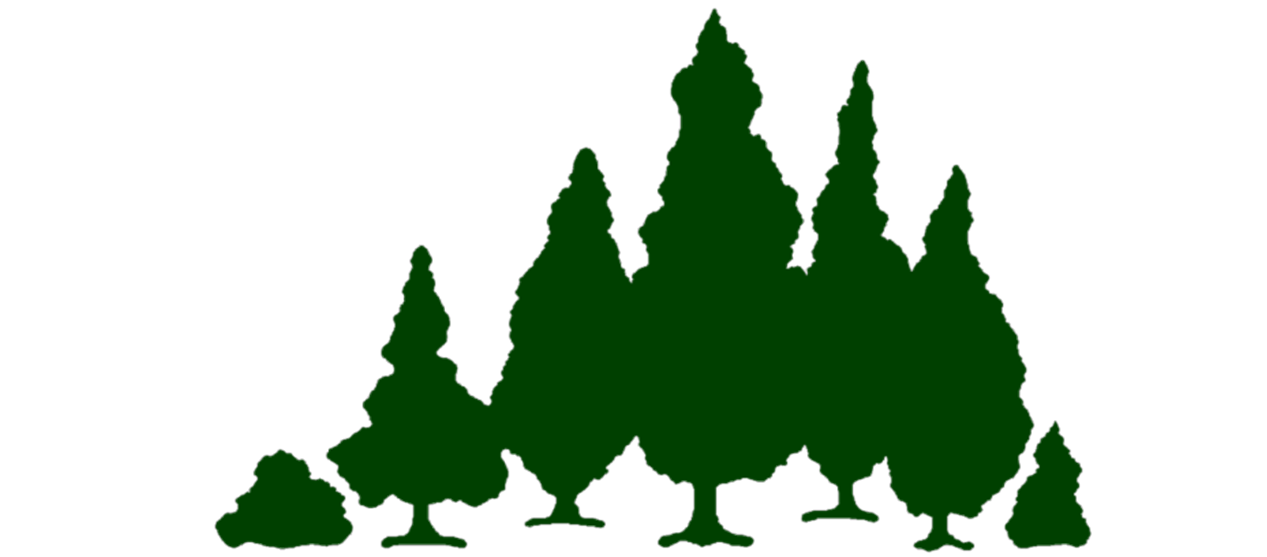Prior to settlement, 60% of Illinois was covered in Prairie. Today less than one-hundredth of one percent remains.
—PRAIRIE—
Why Restore Prairie?
Low Maintenance - Established prairie requires exponentially less maintenance than lawn.
Transitions to Woodland - Lawn meeting woodland creates a harsh transition unlike a prairie edge which flows smoothly.
Seasonal Change - few landscapes change more dramatically than a tall grass prairie.
Sense of Place - Nothing says central Illinois better than prairie.
Prairie plants are not invasive weeds, but plants that require an establishment period to develop into mature elements of a ecosystem. There is an establishment period with prairie restorations that requires maintenance. As with any landscape, this period is the most critical for the long term success of a project.
Lawn is the highest maintenance landscape surface that can be installed. With homes being located in country settings on multiple acres, prairie can offer an alternative to spending the weekend on a lawn mower.
Environmental benefits of restoring native vegetation abound. Erosion and runoff are decreased, habitat for birds, butterflies, and beneficial insects is created, and there are fewer chemical and fertilization requirements.
Native plants are plants that love our environment, and have defenses to many pests and diseases that can plague a landscape. Hot dry summers are what these plants expect.
A great source for information concerning Prairie Restoration is www.prairienursery.com




